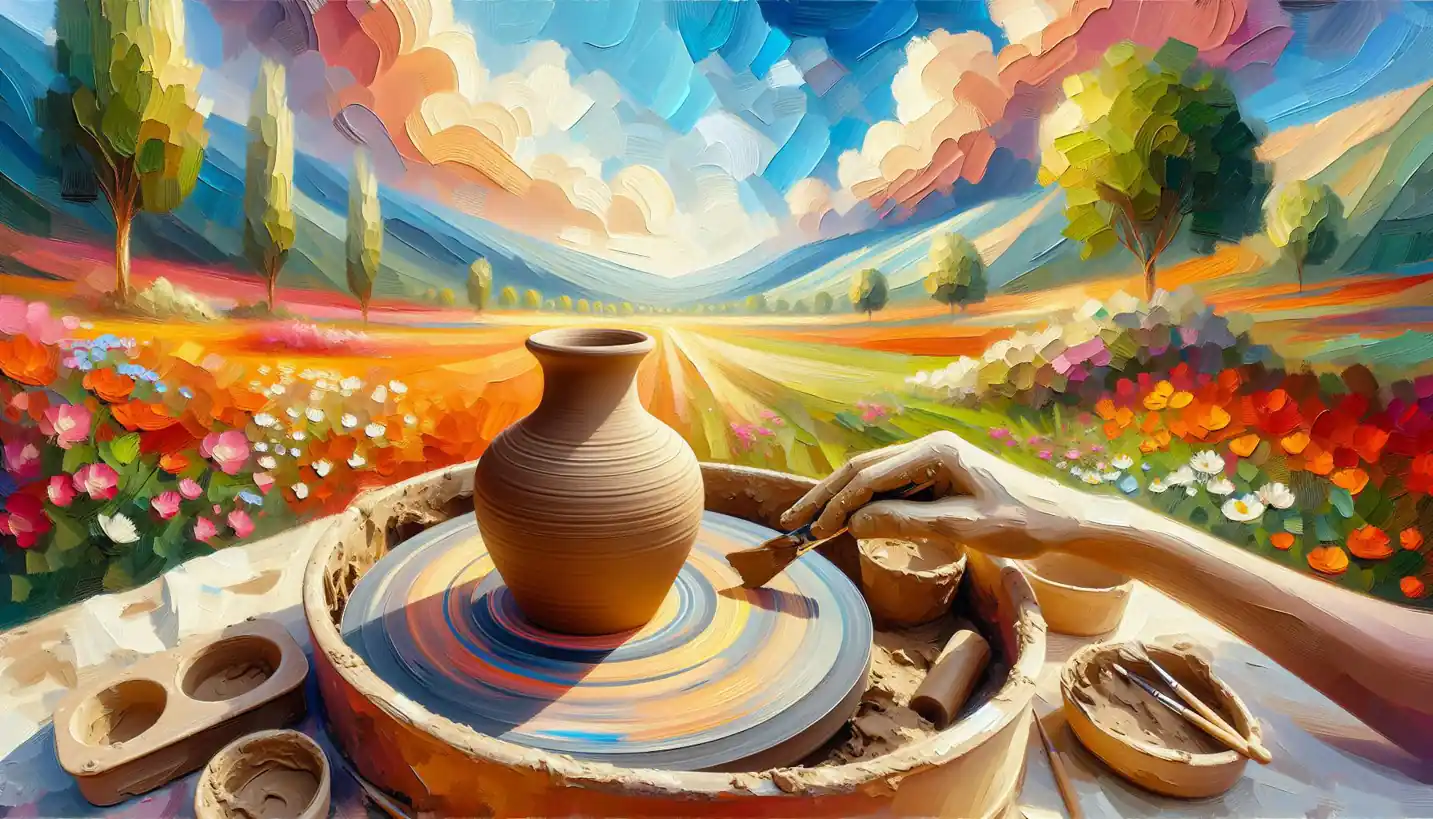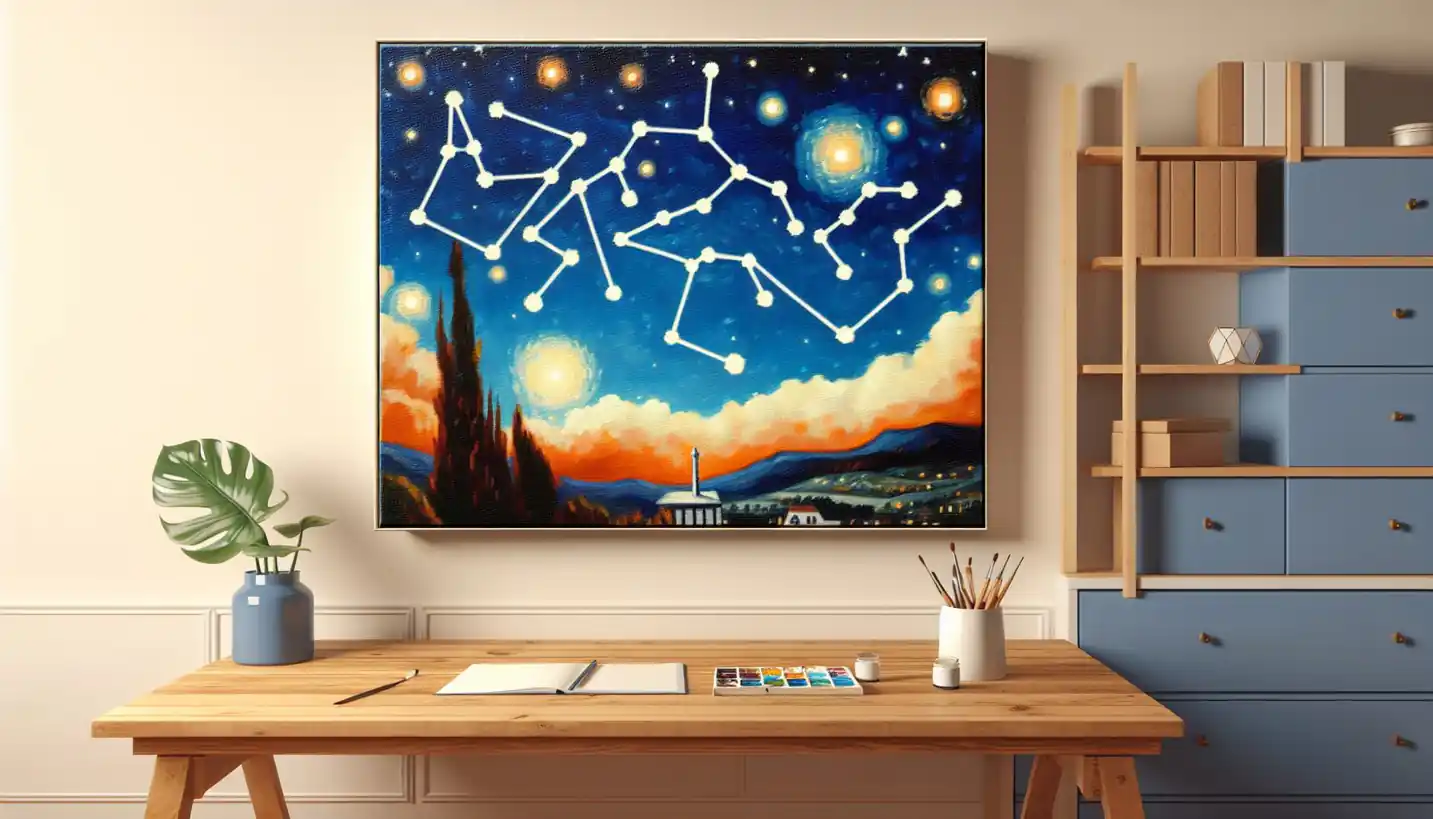· Art · 5 min read
Scoring: Uncovering the Secret to Ceramic Art Masterpieces
Scoring in ceramics is the secret to crafting perfect art. Learn the techniques that bring clay pieces seamlessly together in harmony.

Ever gazed at a beautifully crafted ceramic piece and wondered how each intricate detail was achieved? The magic often lies in a technique called scoring. Scoring is a crucial step in pottery and ceramics that helps create strong, seamless joints between different pieces of clay. It might sound a bit technical, but don’t worry—it’s easier to understand than you’d think.
Scoring is like playing matchmaker for clay pieces. Imagine trying to glue two pieces of smooth glass together. Without a little surface preparation, they might just slide apart. Similarly, in ceramics, scoring helps rough up the surface of clay, making it ready to bond strongly with another piece. By etching small lines into the clay using a tool or even something as simple as a fork, potters create tiny grooves that allow slip—a mixture of clay and water—to seep in. This slip acts like glue, ensuring the two pieces stick together as they dry and are fired in a kiln.
The Art of Scoring: More Than Just a Scratch
Scoring might seem straightforward, but there’s a real art to it. The key lies in knowing how deep and how far apart those lines should be. If too shallow, the pieces might not bind well. Too deep, and you risk weakening the area. It’s a bit like finding the Goldilocks zone—just right ensures a strong, lasting bond.
Moreover, scoring also adds a tactile element to ceramics, allowing artists to play around with texture and design. By varying the direction and intensity of the scores, potters can create patterns and effects that become part of the piece’s aesthetic. This goes beyond mere functionality and enters the realm of creativity and self-expression.
A Historical Perspective: Scoring Through the Ages
Scoring isn’t a modern invention. This technique has been around for centuries, integral to the craft of ceramics across different cultures. Ancient potters, from the Egyptians to the Chinese, employed scoring to enhance the durability and beauty of their creations. Each culture brought its unique flair to the technique, passing down skills through generations of artisans.
Think about a Roman amphora—a large container used for storing oils and wines. These were made by joining several pieces of clay together. Without scoring, these amphorae might not have survived the test of time, remaining whole for us to admire today.
The Science Behind Scoring: Creating a Strong Bond
To understand why scoring works, it’s helpful to dive a bit into the science of clay. Clay particles are flat and plate-like, with water acting as a lubricant between them. When you score a piece of clay, you disrupt these particles’ alignment. By adding slip, you introduce more clay particles and water, which helps those particles interlock as the water evaporates.
During the firing process, this interlocking becomes permanent. The clay particles sinter, meaning they fuse without melting, ensuring everything stays bonded. The end result is a piece of art that’s not just beautiful but resilient.
Exploring Modern Applications: More Than Just Pots
In today’s world, scoring isn’t confined to traditional pottery. Artists and designers use this technique in innovative ways, exploring new materials and forms. From large-scale installations to delicate porcelain jewelry, scoring allows creators to push the boundaries of what’s possible with clay.
Architects even incorporate scored ceramic tiles into construction, using the texture for both aesthetics and functionality, like providing grip or creating visual interest on facades.
Scoring’s Role in Sustainability: The Green Side of Ceramics
In the move toward sustainable art practices, scoring plays a surprisingly vital role. By ensuring pieces are well-bonded, artists reduce waste—fewer fragile pieces mean less need to start over. This efficiency helps minimize the environmental impact of ceramics, which often requires significant resources for firing in kilns.
Furthermore, the durability resulting from scoring means that ceramic pieces can last for generations if cared for properly. This longevity contrasts sharply with the throwaway culture often associated with mass-produced items.
Reviving Ancient Techniques: Scoring in Modern Workshops
Around the world, workshops are bringing ancient ceramic techniques, including scoring, into the modern-day spotlight. These creative spaces serve as places for learning and innovation, where anyone from hobbyists to professional artists can explore the endless possibilities of clay.
By reviving and teaching traditional methods, these workshops preserve cultural heritage while fostering community and creativity.
The Hands-On Experience: Try It Yourself
Curious to try out scoring? You don’t have to be a master potter to get started. Many local art studios offer beginner classes where you can learn this foundational technique. By getting your hands dirty and experimenting with scoring, you can gain a deeper appreciation for the craftsmanship involved in ceramic art.
Whether you dream of crafting your own ceramic mug or creating a sculpture, scoring is your secret ally in achieving a beautiful, strong piece.
Final Thoughts: The Unseen Art of Scoring
So next time you admire a ceramic masterpiece, take a moment to appreciate the unseen art of scoring. It’s not just about keeping the pieces together—it’s about weaving strength and beauty into every curve and line. By understanding and practicing this traditional technique, we not only connect with the legacy of artisans past but also fuel the fire of future innovation in ceramic art.
In the world of ceramics, scoring is more than just etching lines; it’s about making connections—between clay, ideas, and people, through time.



